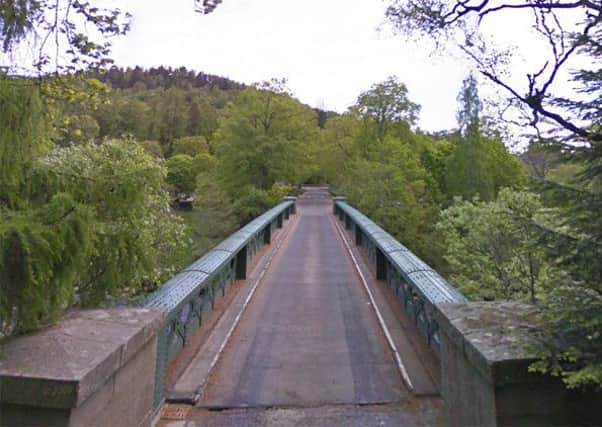Bats scupper Balmoral Bridge refurbishment plans


The Balmoral Bridge - a Category A listed structure - was due to have its timbers, damaged by years of fungal decay, replaced this summer when the Queen was not in residence at her private retreat on Royal Deeside.
But it has now been revealed that the refurbishment scheme will now be delayed until the beginning of October and last until March next year because of the possibility that the structure will be used by a colony roosting bats over the summer months.
Advertisement
Hide AdAdvertisement
Hide AdThe move will spare thousands of visitors delays to their journeys on Royal Deeside at the height of the holiday season.
Stephen Archer, the council’s director of infrastructure services, said in a report to the Marr area committee: “The comments raised by some of the consultees regarding the timing of works in regards to the traffic disruption is not a relevant planning consideration.”
But he explained that a delay to the refurbishment scheme had been secured after Scottish Natural Heritage raised the prospect of bats using the bridge to roost . He told councillors that the “potential impact on bats” was a “relevant reason to restrict the timing of the works.”
The Balmoral Bridge was built to a design by Isambard Kingdom Brunel between 1856 and 1858 on the orders of Prince Albert, the husband of Queen Victoria. The Empress of India, however, was said to “not amused” by the completed plate girder structure because of its lack of ornamentation.
The bridge has been regularly used to take reigning monarchs across the Dee to church services at nearby Crathie Kirk since the reign of Queen Victoria.
Aberdeenshire Council, which now owns the bridge, is planning to replace the decayed timber deck with a composite steel and reinforced concrete equivalent.